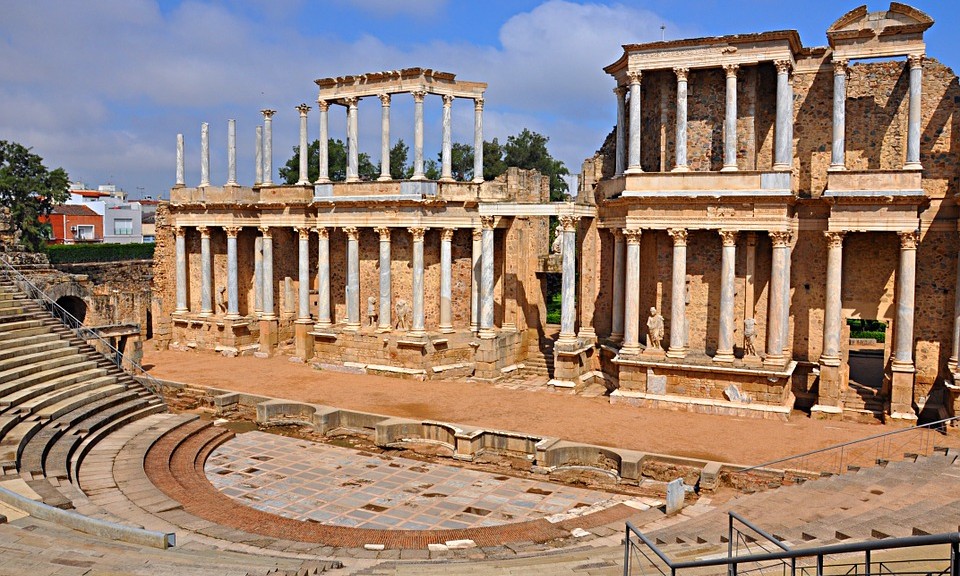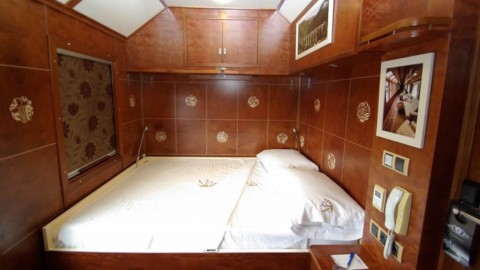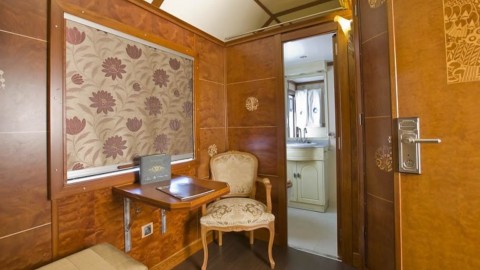The amphitheatre was built in 8 BC, as is shown by the inscription found in its grandstands, and served as a stage to very popular events: the gladiatorial games. Between approximately fifteen and sixteen thousand spectators fitted into this gigantic arena.
It is next to the Theatre but it is separated from it by a road that surrounds both buildings. This building was built with poorer means but it is quite similar to the Theatre and, just like the Theatre, it was built in several phases. To keep the costs low, a part of the stands was placed on boxes firmly packed with sand. The walls were made of rough local stone. On occasions the tiers of the walls were matched with layers of bricks. For the arches of the entrances, ashlars were used which showed the typical rustication of the augustean period.
The distribution of the stands was similar to that of the Theatre, although today only the cavea ima is well preserved and some of the sections of the cavea media. On three of the axis of the ellipse we can see the existence of four monumental gates. If you entered them from the outside, crossed the wide corridors, two of which had steps, you would come out onto the arena.
Doors came out onto different parts of each corridor that gave access to the stairs to go to the stands. Above the door on the western minor axis you could find the grandstand for the magistrates which has not been preserved. Opposite this grandstand, on the eastern axis, you can find the partially restored grandstand for the people who financed the event. By using a small stair, the sponsors could access the arena.
The stands were separated from the arena by a granite podium which used to be decorated with marble flagstones as you can see from the anchoring holes in the ashlars of the podium. On top of this there was a barrier made with granite ashlars. On the part facing the arena, these ashlars were decorated with paintings about the gladiator games and the landscape in which they took place.
On the flanks of the gates of the major axis, there is a series of rooms which were either used as cages for the wild animals or for the gladiators to get ready. In the arena you can see there used to be a big ditch. The wooden pillars used to hold the platforms were placed there and underneath them, the necessary devices for such complex shows were hidden.

Itineraries
<p>Itineraries that allows you to visit this point of interest</p>


